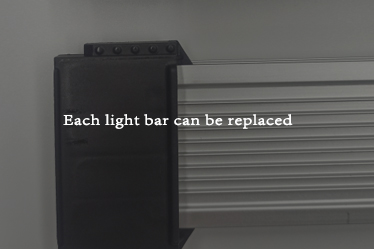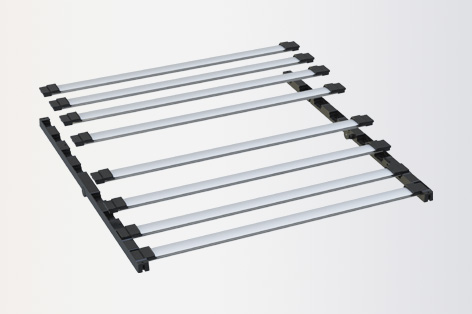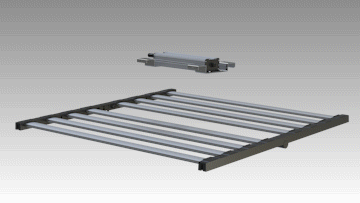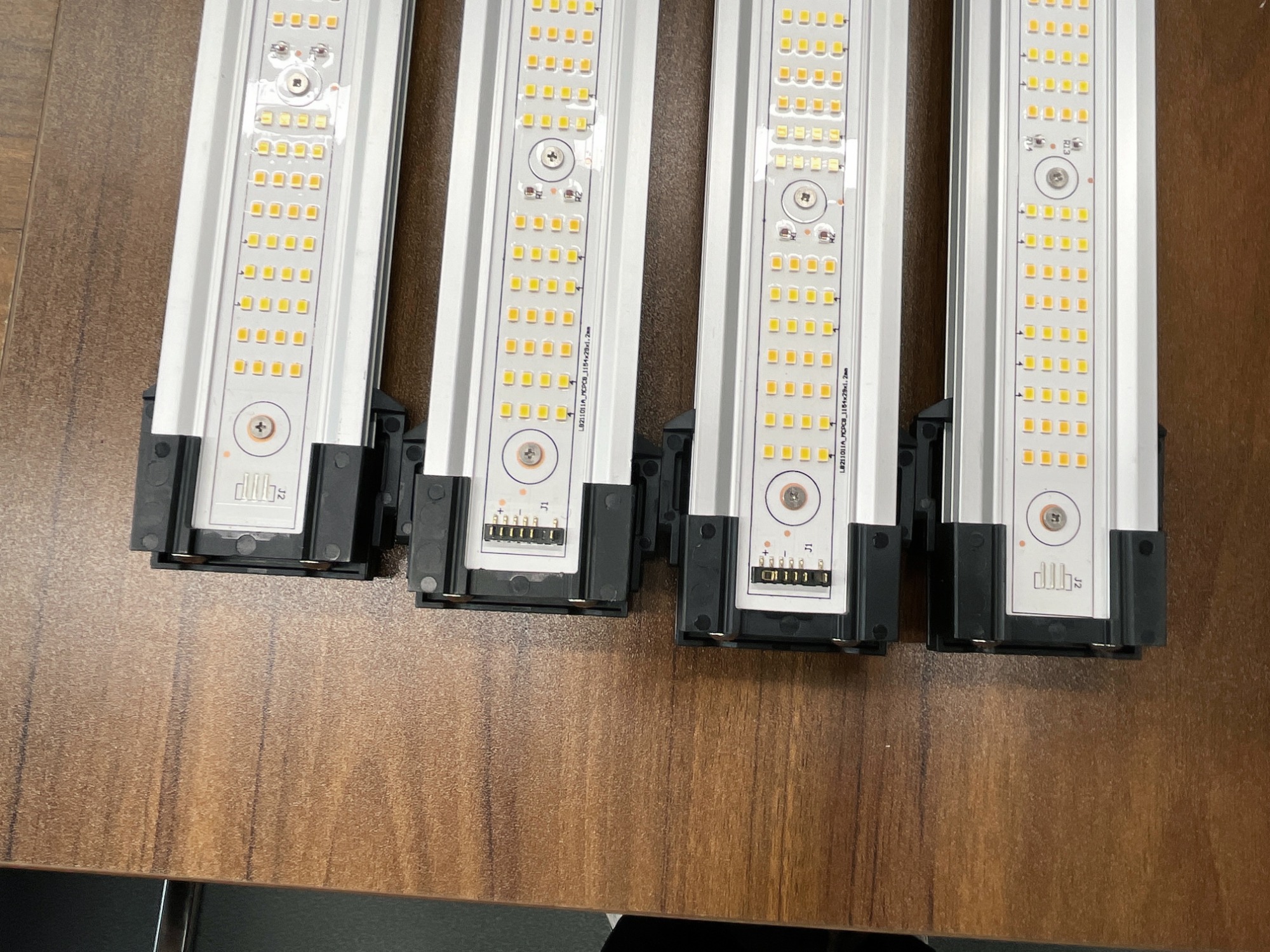The difference between metal halide lamps and LED lamps
The difference between metal halide lamps and LED lamps is: light source type, excess energy dissipation form, lamp housing temperature, vibration resistance, light distribution performance and resistance to grid voltage interference.
1. The difference between light source types:
Metal halide lamps are thermal light sources; LED lamps are cold light sources.
LED energy conservation, in addition to converting into visible light, excess energy will be dissipated in other ways.
2. Differences in the form of excess energy dissipation:
Metal halide lamps dissipate excess energy through infrared rays and ultraviolet rays, but infrared rays and ultraviolet rays will affect product quality and have an impact on human physiology;
The LED lamp generates heat through the light source device, wastes excess energy, and the heat conduction is extremely easy to control.
3. The difference between the shell temperature of lamps and lanterns:
The shell temperature of the metal halide lamp is very high, which can exceed 130 degrees;
The temperature of the housing of the LED lamp is extremely low, normally below 75 degrees. The drop in the temperature of the LED housing can greatly increase the safety and life of cables, wires, and supporting electrical appliances.
4. The difference in vibration resistance:
The filament and bulb of the metal halide lamp are easily damaged and have poor vibration resistance;
The light source of LED lights is electronic components, which are inherently anti-vibration. LED lamps have unparalleled advantages in vibration resistance.
5. The difference in light distribution performance:
The light distribution performance of metal halide lamps is difficult, the waste is large, the spot is uneven, a large reflector is required, and the lamps are large in size;
The LED light line is extremely easy to control, and can achieve a variety of light distribution under the same volume, and the light spot is uniform. The convenient feature of LED light distribution can greatly save the waste of lamps in light distribution and improve the system light efficiency of lamps.
6. The difference between anti-grid voltage interference:
Metal halide lamp: poor, the power of the lamp changes with the fluctuation of the grid voltage, it is easy to overload;
LED light: stable, constant current power supply can keep the power of the light source unchanged when the grid voltage fluctuates. LED lamps can work normally during the fluctuation of grid voltage from 90-265 volts, and have no effect on the life of light sources and lamps.
Therefore, the use of LED plant lights will become the future trend.


 Can ordinary LED lights be used as plant lights?
Can ordinary LED lights be used as plant lights?
 The development trend of LED plant lights
The development trend of LED plant lights
 LED Grow Light Market Prospects
LED Grow Light Market Prospects
 The effect of photosynthesis on plants
The effect of photosynthesis on plants